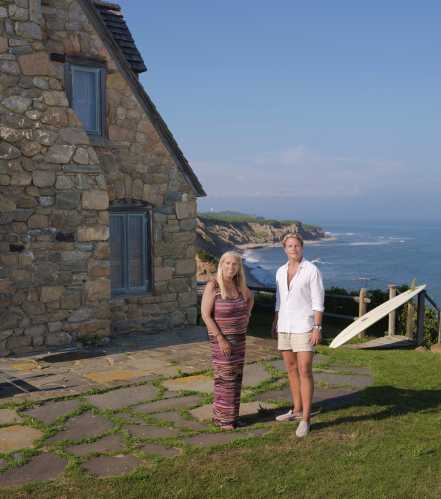
Resilience is the ability to recover quickly from misfortune, to spring back into shape, to demonstrate toughness. Especially since Hurricane Sandy in 2012, “resilience” (“resiliency” is also grammatically correct) has become one of the hottest topics in government.
Everybody wants to fix what has been broken and prepare for the next event, but to hundreds of local governments around the continent and the world, “resilience” is taking on a new, broader connotation. It’s a way of evaluating, measuring and preparing for a place in the future. Long Island needs a lot more, and now.
The hottest new position appearing in local governments around the country is CRO (Chief Resiliency Officer), a commissioner who helps develop and guide a community’s response both to sudden shocks and to long-term chronic challenges. Those challenges can be physical, social or economic and differ from place to place. It’s about more than a community merely surviving a disaster, but hardening the weak spots that threaten in the long-term in order to thrive.
The CRO movement was jump-started by an international “100 Resilient Cities” challenge launched by the Rockefeller Foundation in 2013. More than a thousand municipal units with at least 50,000 residents applied to join the initial ring of resiliency pioneers and receive grant assistance to rapidly build a resilience program. Nearly all of Long Island’s 12 eligible governments took a pass. Let’s move past this part.
Forty-three North American cities were selected, including New York, Los Angeles and Chicago, but also Berkeley, Boulder, Tulsa and other places with neighborhoods that look a lot like much of Nassau and Suffolk counties.
Each place has to face a different set of challenges. Each has their own disaster threat (drought in El Paso, flooding in Miami-Dade County, seismic activity in San Francisco), but also less obvious chronic threats. Oakland’s plan includes dealing with violence and social inequity. Atlanta’s challenges include poor air quality and a lack of social cohesion; the lack of transportation choices there exacerbates inequality and could also hinder disaster response. Louisville has pollution problems and unique urban heating effects that make residents especially susceptible to heat waves.

Some public officials might not have the guts even to admit the existence of some of these problems.
Most government departments and agencies, built on archaic models, are single-minded, isolated from what’s going on just up the hallway. The first job of this first generation of CROs has been to create new connections between government offices, making sure that nobody was working at cross-purposes. Planning, preparedness, crime, transportation, housing, education, poverty and other common challenges are all interconnected and the new cross-departmental CROs can help everyone to pull together and look for holistic solutions. It’s a huge time and money-saver in a time of new environmental and fiscal realities.
In the first year, the CRO at Norfolk helped overhaul the city’s entire approach to data management, which got raves from Moody’s and helped maintain the municipality’s credit rating. Already, some local governments that weren’t part of the initial experiment are appointing CROs and creating their own plans.
Resiliency can include fixing potholes, but it must be so much more than that. While initially driven by catastrophic climate issues, resiliency programs are demonstrating that facing up to decaying infrastructure, lack of economic opportunity and other ongoing situations are directly related to taking a hit and bouncing back.
Climate change, drought, war, recession and disaster will have direct impacts on food prices, energy reliability, immigration into our communities and more. Higher ocean levels will likely accelerate saltwater intrusion into our groundwater. There are connections between all these challenges, and no walls around this island.
 Michael Miller (mmillercolumn@gmail.com) has worked in state and local government. He lives in New Hyde Park. The views expressed in this column are not necessarily those of the publisher or Anton Media Group.
Michael Miller (mmillercolumn@gmail.com) has worked in state and local government. He lives in New Hyde Park. The views expressed in this column are not necessarily those of the publisher or Anton Media Group.



































